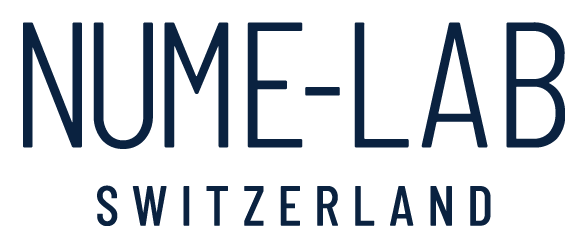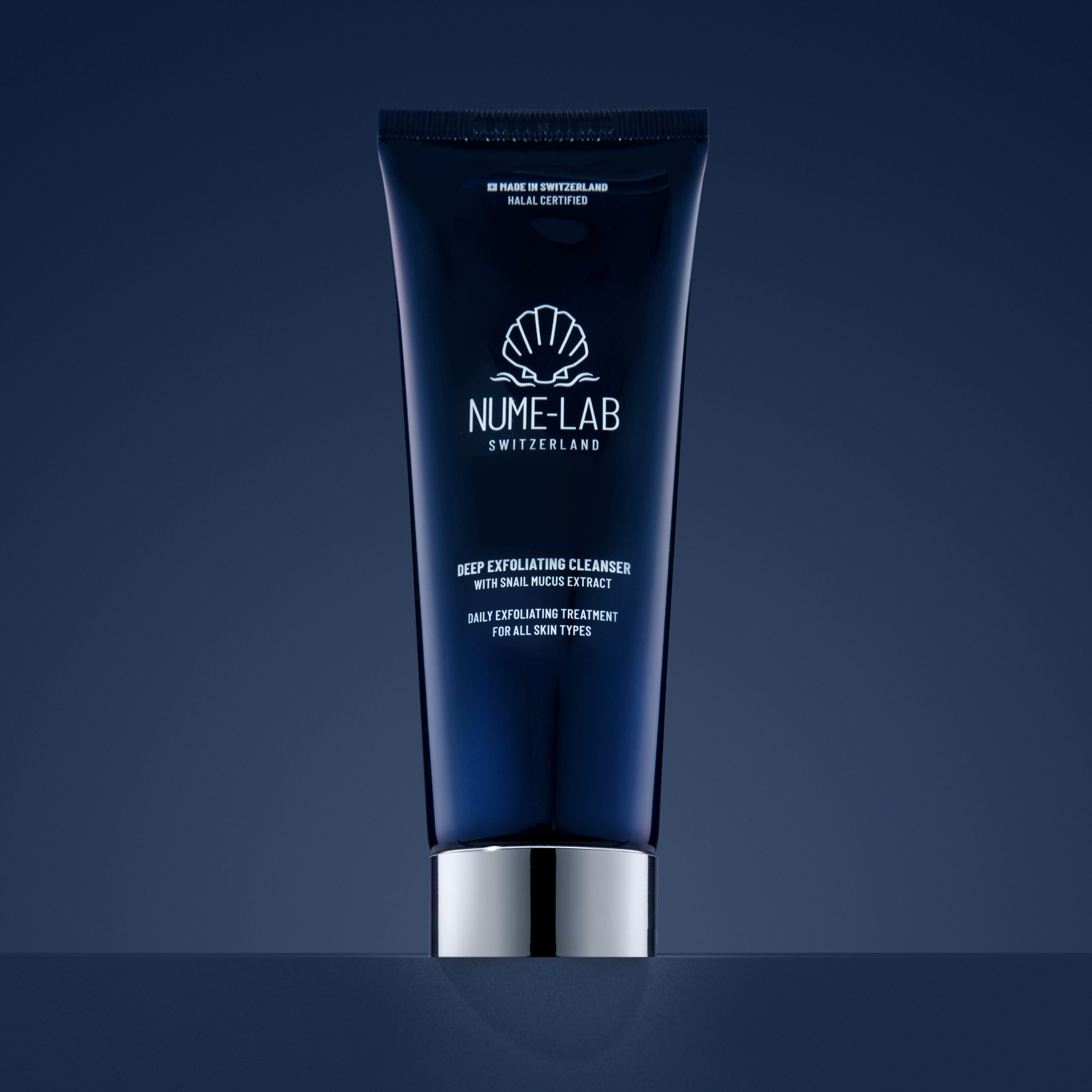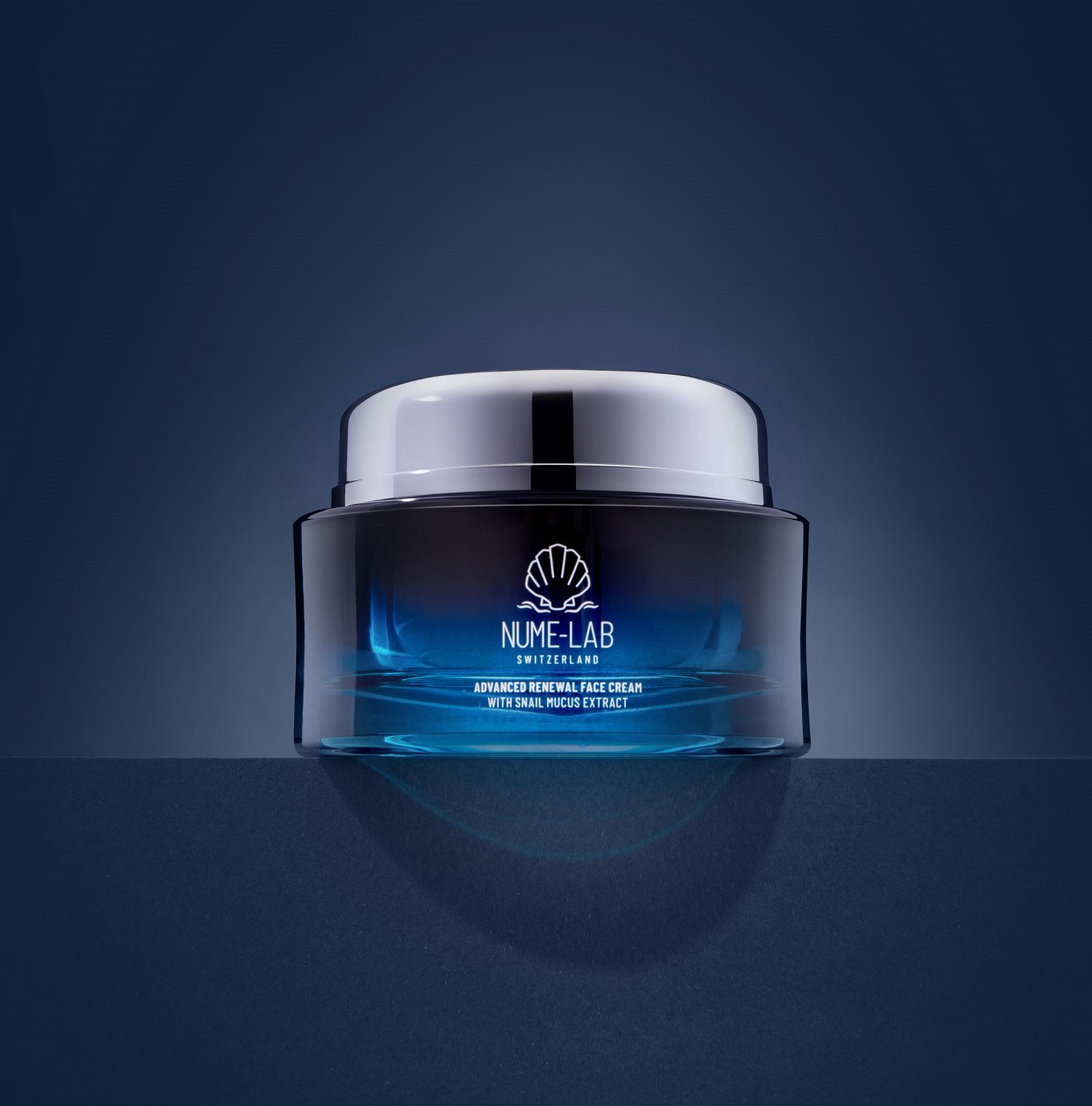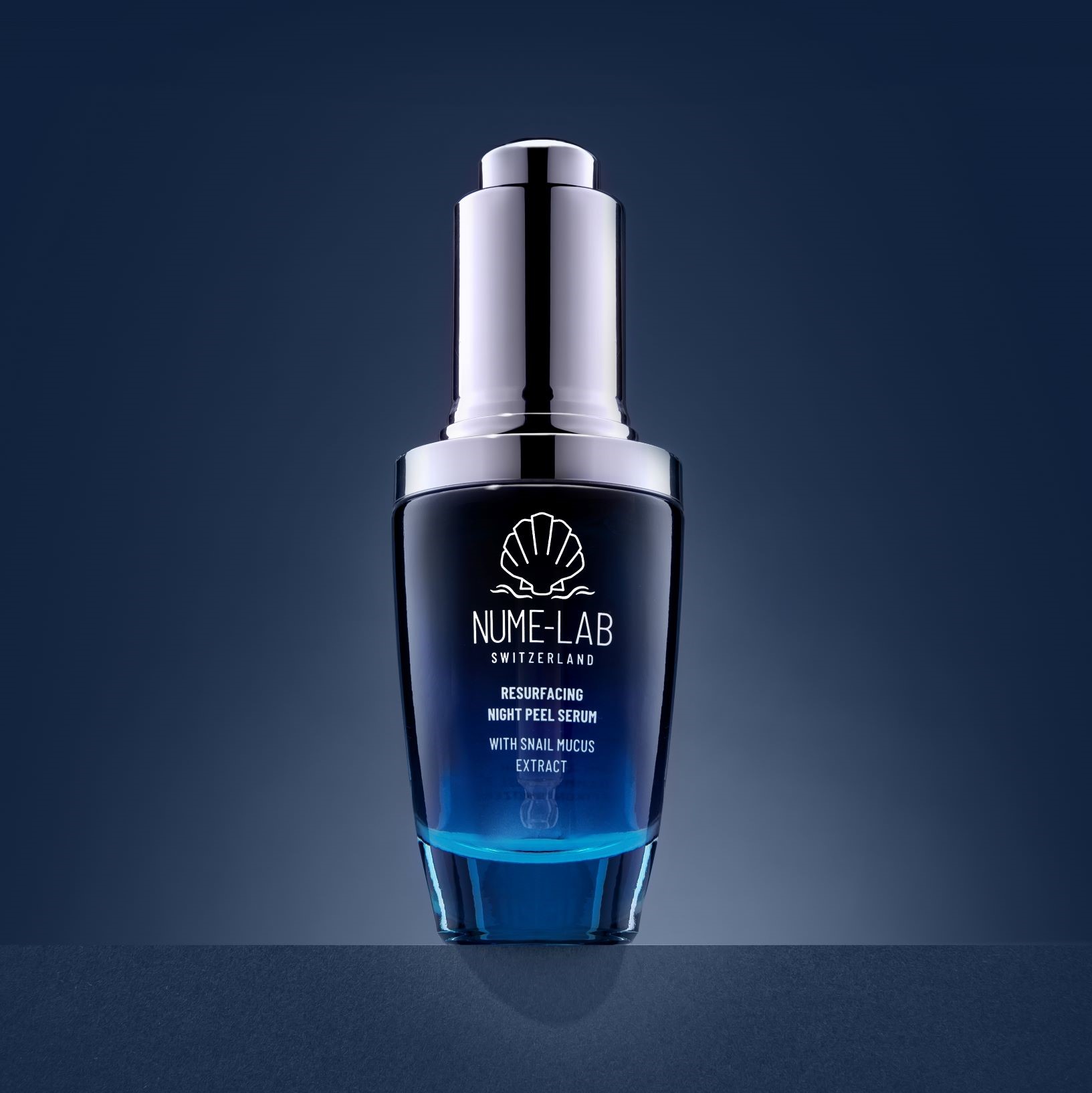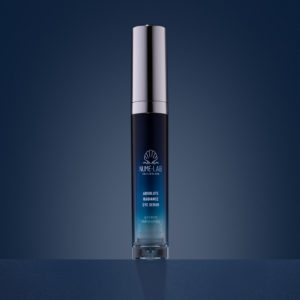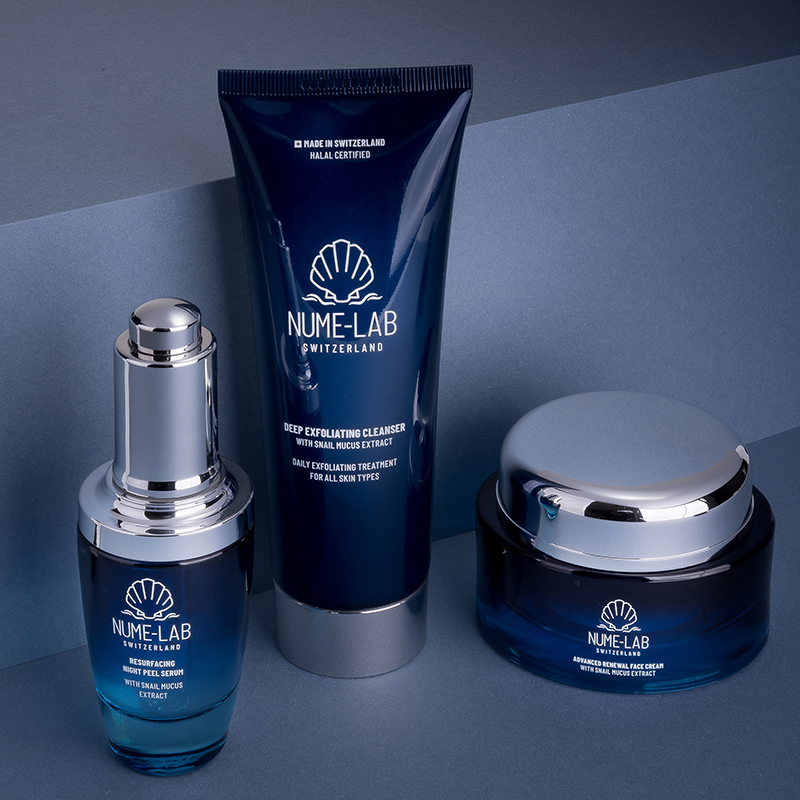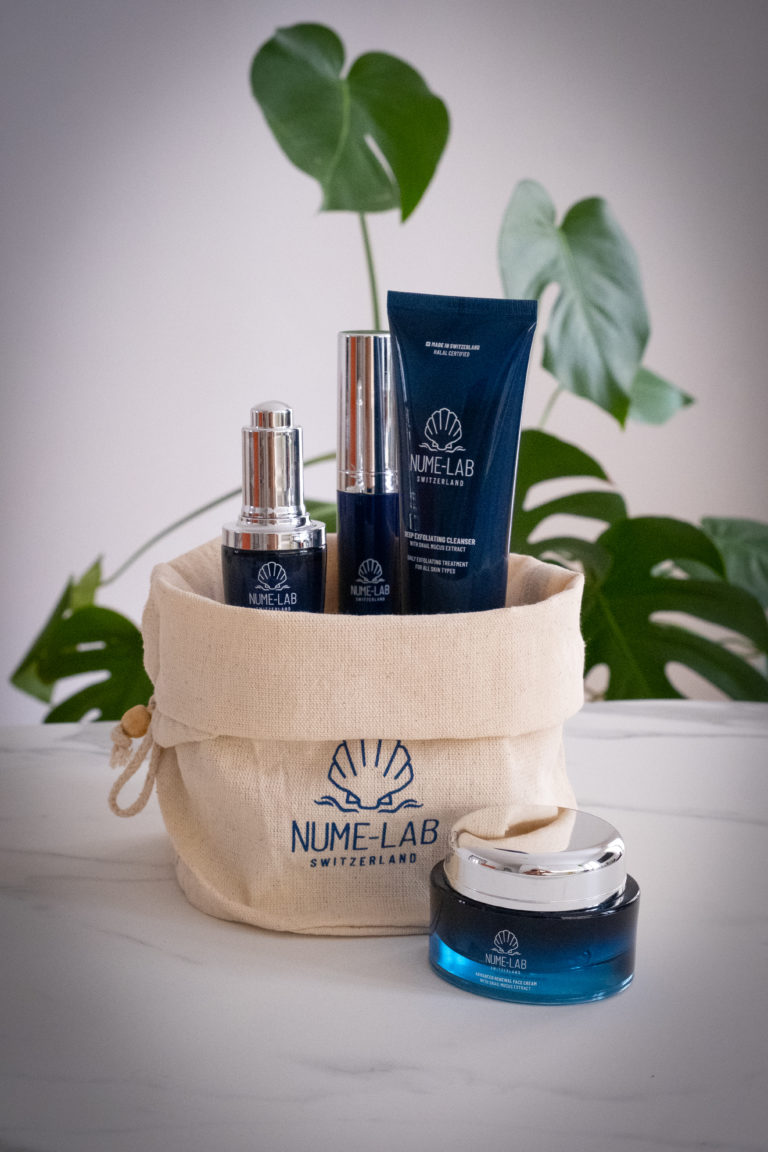Acne-Prone Skin: A Guide to Healing Adult Acne by NUME-Lab
Struggling with acne-prone skin is not a concern reserved for teenagers only. Pro acne skin is a significant concern of adults as well.
Whether hormones or genes are the cause, adult acne-prone skin needs an appropriate skincare routine, and most of all – consistency.
Let’s see how to cure your acne once and for all!
Table of Contents
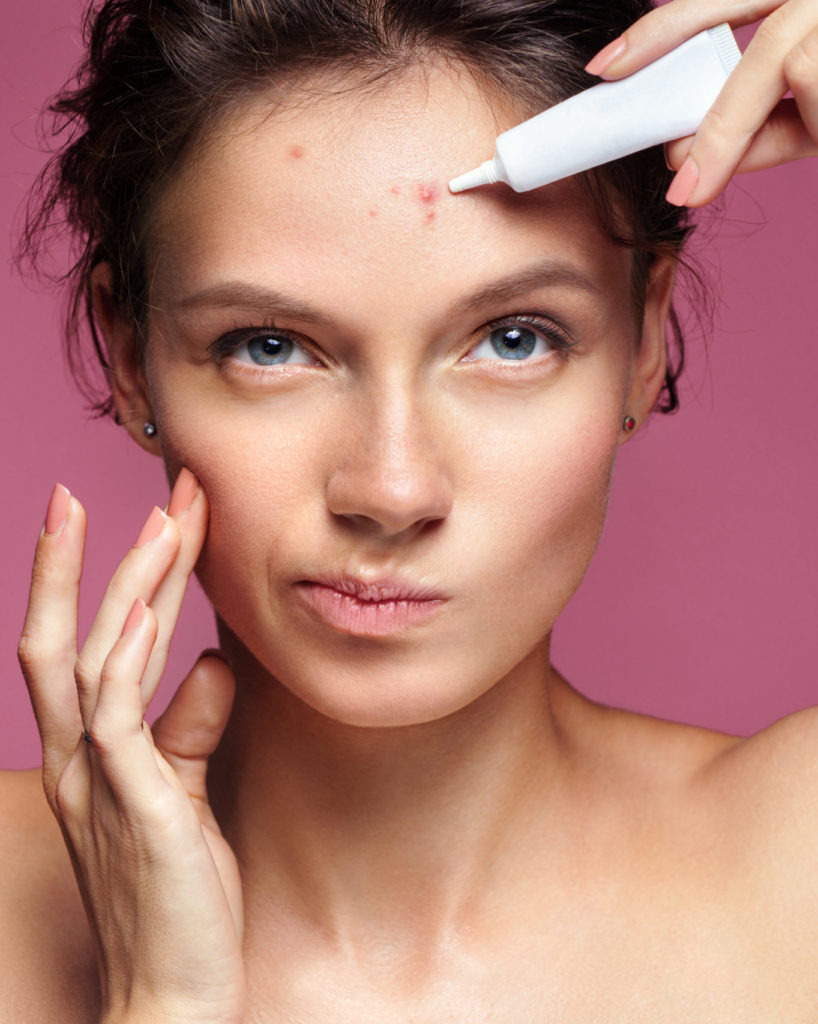
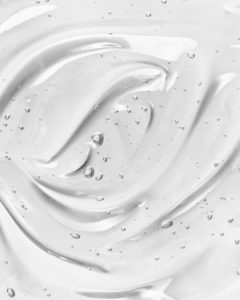
What Exactly Is Acne-Prone Skin?
Acne-prone skin is typically skin that’s prone to breakouts of pimples and comedones. This skin type always comes with an excess sebum production triggered by an underlying cause such as hormonal imbalance.
Acne-prone skin entails acne breakouts that persist long after the teenage years. Furthermore, this acne is often inflammatory and can severely impact a person’s confidence and quality of life.
How to tell your skin type?
- Shiny and greasy – oily skin;
- Flaky and rough to the touch – dry skin;
- Oily T-zone/dry elsewhere – combined skin;
If you are the sensitive skin type, you probably experience reactions to external factors such as inappropriate skincare products, allergens, bacteria, and similar. Due to undesirable reactions to harsh ingredients, sensitive skin types usually require a persistent routine with natural cosmetics products (clean).
How Does Acne Develop?
Possible Causes of Acne-Prone Skin
Genetics
Hormonal imbalance
The main difference between AHAs and BHAs is that AHAs are water-soluble, and BHAs are oil-soluble. That means that BHAs are especially useful for controlling excess sebum production in acne-prone skin or oily skin. However, they’re still exfoliating acids that can result in purging.
In skincare products, you’ll typically find BHAs listed as:
- Salicylic Acid
- Betaine Salicylate
- Willow Bark Extract
- Salicylate
- Trethocanic Acid
- Sodium Salicylate
Certain medications
Diet and lifestyle
Diet and lifestyle can also contribute to acne. Eating food high in trans fats and animal fats can trigger hormonal imbalance and excess sebum production, resulting in frequent acne breakouts. Not regular facial cleansing and not treating with the right face moisturizer can also cause acne.
Different Types of Acne
Non-inflammatory
- Blackheads – open pores filled with dirt, bacteria, and excess sebum. They’re exposed to air and oxygenize, which gives them the black appearance;
- Whiteheads – clogged and closed pores where dirt, bacteria, and excess sebum are trapped. They’re not exposed to oxygen, which is why they remain white;
Inflammatory
- Papules – red or pink inflamed bumps that don’t contain pus;
- Pustules – similar to papules, but with pus. You’ll recognize them by their white center;
- Nodules – red or skin-colored bumps that are hard to the touch and deep under the skin;
- Cysts – similar to nodules, only filled with pus and softer to the touch. Cysts are the most severe acne type – they can be painful and cause scarring;
Body Areas Prone to Acne
Acne most commonly appears on the face, especially on the T-zone – forehead, nose, and chin. However, sometimes acne can pop up on your back, shoulders, and even on your chest.
How to Treat Acne?
Natural and highly effective anti-acne products
Your first line of defense against acne can be a natural anti-acne face cream and cleanser with active ingredients. Look for products that contain Glycolic Acid, Snail Mucin Extract, Vitamin C and A, Aloe vera, etc. Acne-prone skin products with those ingredients have the most healing features.
Prescription medication
Diet and lifestyle alterations
Daily
Acne-Prone Skin Routine
Morning cleansing with gentle exfoliation
Use an acne-prone skin cleanser rich in active ingredients such as Snail Mucin, Aloe vera, Vitamin C, or Glycolic acid. If you have sensitive skin, use clean beauty brand products and minimalist skincare without any parabens, sulfates, and similar additives.
2
Moisturize with a water-based anti-acne cream
Using an anti-aging face cream for acne-prone skin is your best bet for healing adult acne. Ideally, the best acne-prone skin moisturizer will contain Hyaluronic acid, Snail Mucin Extract, and Vitamins C, E, and A.
3
Use SPF protection during daytime
Never leave your home without sunscreen, regardless of the season. UV rays can age your skin and cause permanent damage. A good acne-prone skin brand sunscreen can help you stay protected.
4
Avoid makeup, or use non-comedogenic makeup
5
Evening cleansing and makeup removal
Before bed, cleanse your face and remove any remains of makeup and accumulated throughout the day. Remember – never go to sleep without thoroughly washing your face with the right facial cleanser.
6
AHA-based night serums or peels
And finally, boost your adult acne healing with a high-quality AHA-based night serum. Look for a good percentage of Glycolic acid as one of the best AHAs for adult acne-prone skin.
Acne-Prone Skin! NUME-Lab Switzerland is here to Help!
Save now by shopping our Skincare Bundles
HEY! watch our stories about Acne-Prone Skin
Lorem ipsum dolor sit amet, consectetur adipiscing elit. Ut elit tellus, luctus nec ullamcorper mattis, pulvinar dapibus leo.


